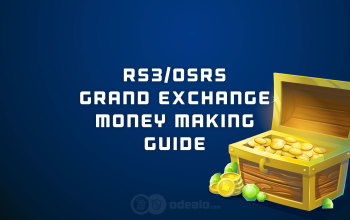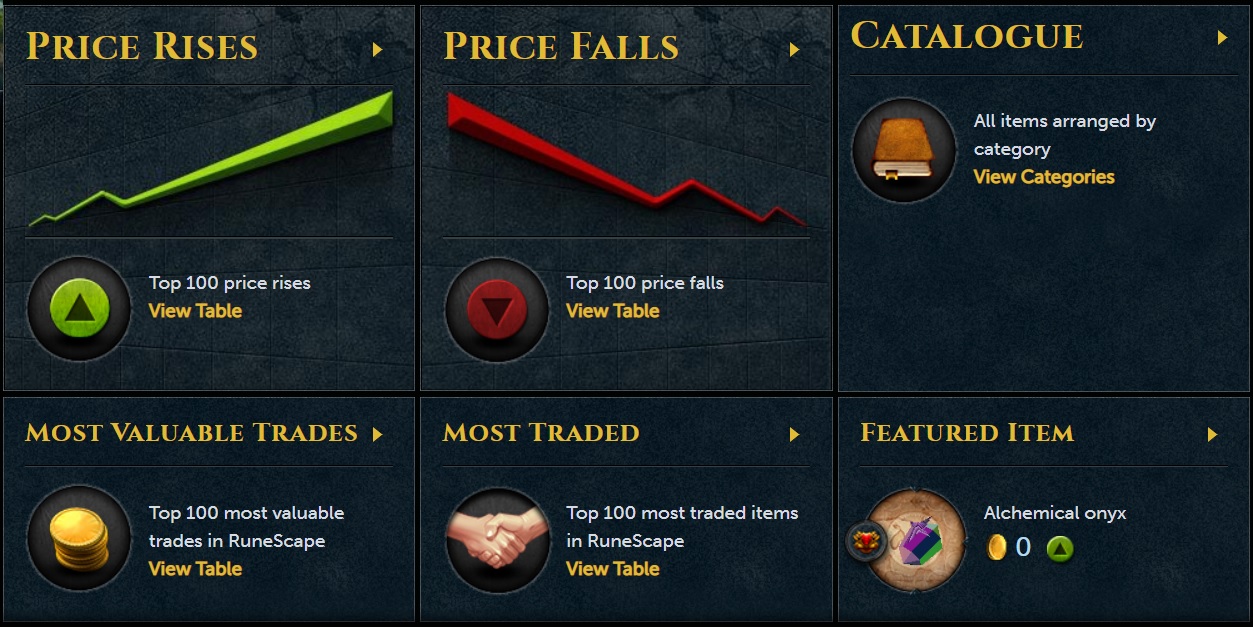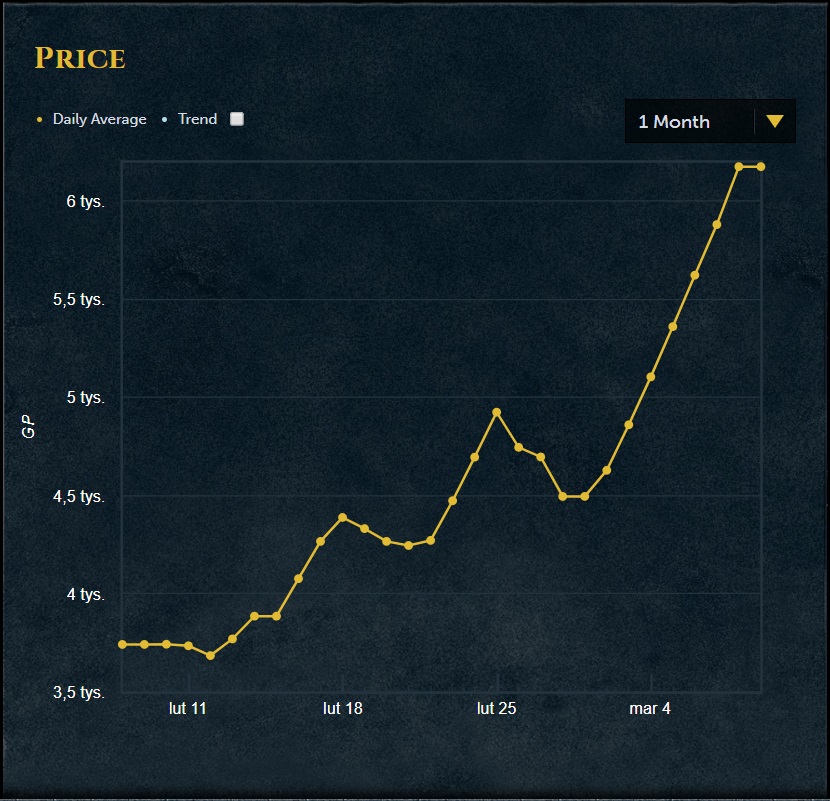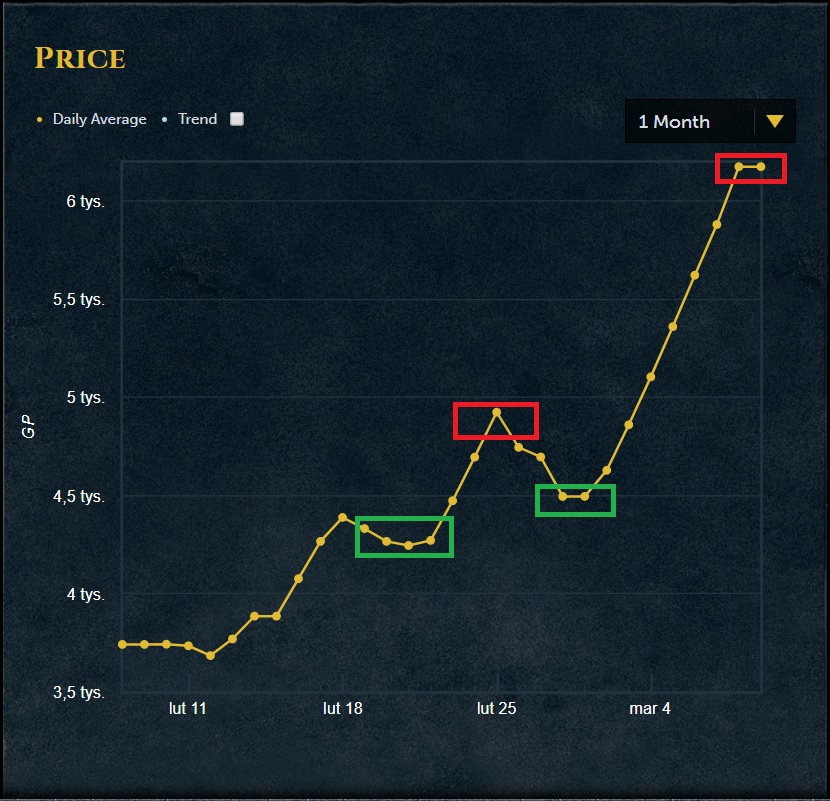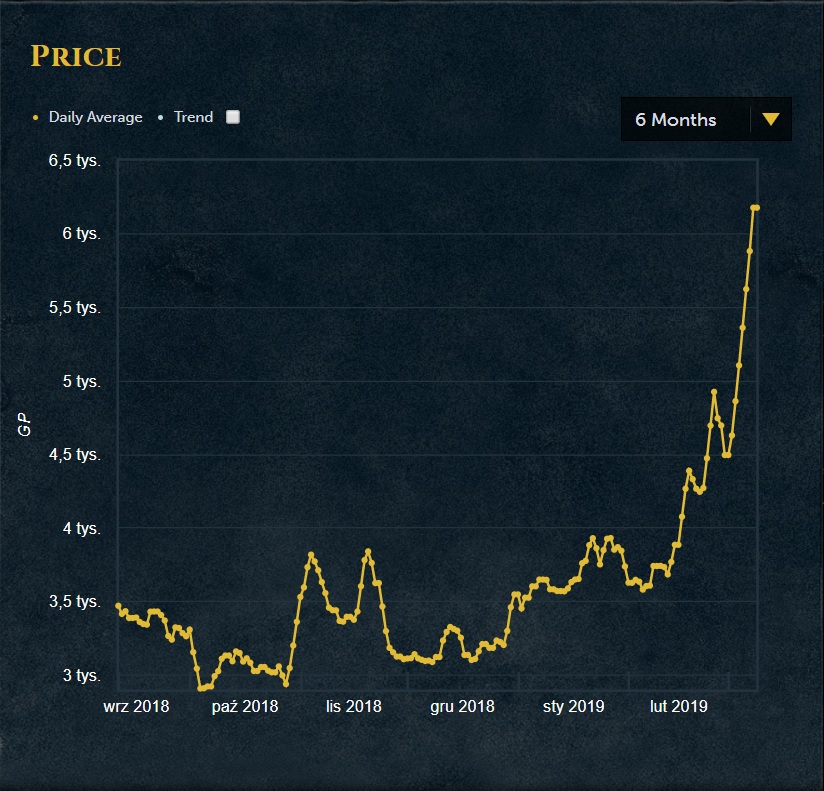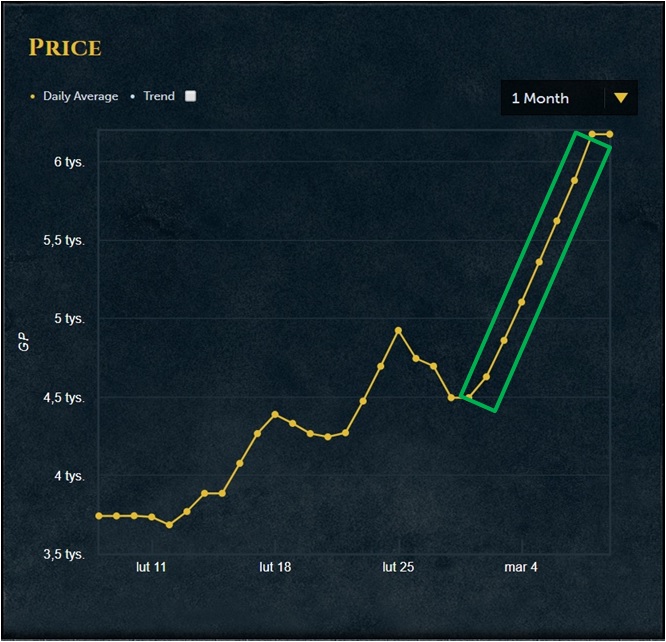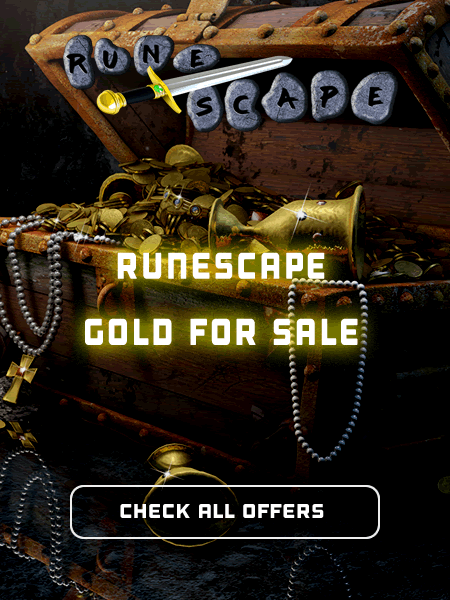Sign in
Sign in with your Odealo account.
Create a new account
Don't have an account yet?
Registration on Odealo is free and takes only about 30 seconds.
A - E
- ALBION ONLINE (30)
- BLADE AND SOUL (3)
- BORDERLANDS 3 (456)
- CS2 (47)
- DARK AND DARKER (11)
- DELTA FORCE (38)
- DIABLO 2 RESURRECTED (1675)
- DIABLO 3 (85)
- DIABLO 4 (1984)
- DIABLO IMMORTAL (5)
- DUAL UNIVERSE (5)
- ELDEN RING (61)
- ELITE: DANGEROUS (63)
- ESCAPE FROM TARKOV (56)
- ESO (61)
- EVE ECHOES (7)
- EVE ONLINE (219)
F - P
- FALLOUT 76 (4769)
- FFXIV (84)
- FORTNITE (205)
- GENSHIN IMPACT (71)
- GTA 5 (3)
- GUILD WARS 2 (12)
- LAST EPOCH (135)
- LEAGUE OF LEGENDS (28)
- LOST ARK (12)
- MARVEL RIVALS (5)
- HYPIXEL SKYBLOCK (612)
- MONSTER HUNTER WILDS (48)
- NEVERWINTER (4)
- NEW WORLD (20)
- PATH OF EXILE (519)
- PATH OF EXILE 2 (2184)
- PROJECT DIABLO 2 (4)
